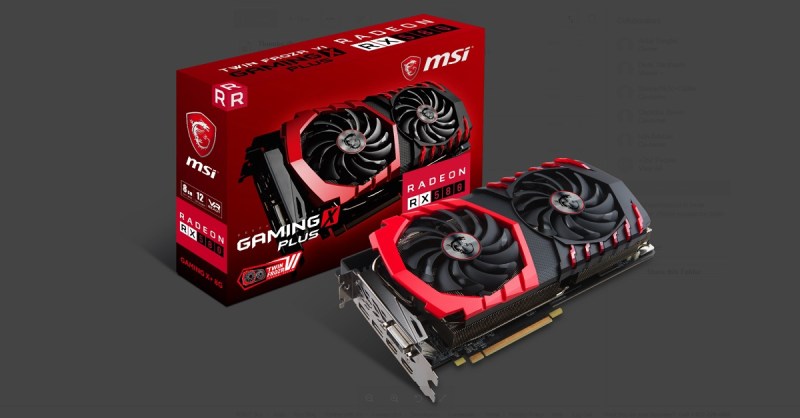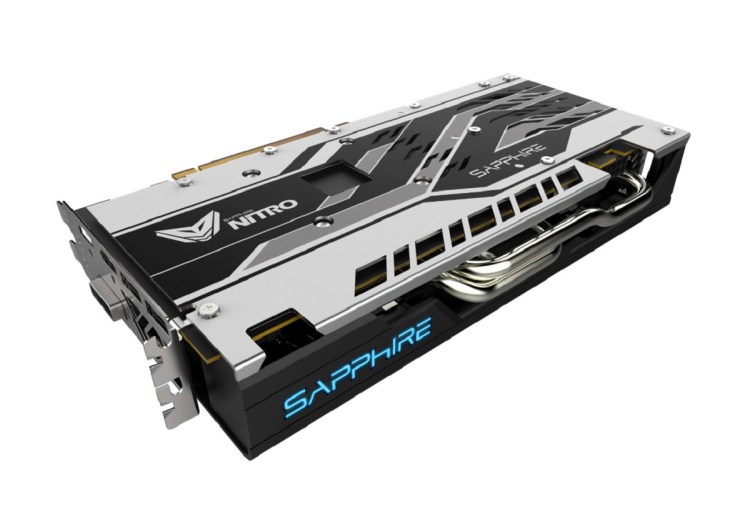Advanced Micro Devices has unveiled its low-cost AMD Radeon RX 500 series graphics chips and the accompanying cards that house them.
The news of the new chips leaked out last week, and AMD confirmed them today. The Radeon RX 500 series includes four second-generation chips based on the Polaris architecture, which first debuted in 2016. The Radeon RX 580, 570, 560, and 550 chips will take on Nvidia’s latest graphics chips head-on, promising high performance for a low price, in the multibillion-dollar graphics chip market.
One of the things that didn’t leak earlier was the price strategy. The graphics cards with the chips range in price from $79 to $229. They’re targeted at the 80 percent of gamers who have graphics cards that are older than the Radeon R9 380X graphics chip from 2015.
“Five hundred million gamers have two-year-old or older PCs, according to the Steam hardware survey,” said AMD product manager Simon Ning in a press briefing. “And about 82 percent of the machines out there are not VR-ready. There’s a lot of potential for upgrades.”
June 5th: The AI Audit in NYC
Join us next week in NYC to engage with top executive leaders, delving into strategies for auditing AI models to ensure fairness, optimal performance, and ethical compliance across diverse organizations. Secure your attendance for this exclusive invite-only event.

Above: AMD’s Radeon 500 series card from MSi
The chips have higher clock speeds and use an updated FinFET 14-nanometer manufacturing process as well as the latest advances in software. The 580 chip can run at 1.6 times faster than the R9 380X predecessor graphics chip, while the 570 can run at 2.4 times the performance of the R9 370. The 560 is twice as fast as its predecessor, and the 550 is five times as fast as integrated graphics solutions.
The 580 has a base clock speed of 1257 MHz, and it can be boosted to 1340 MHz. The 580 comes with 36 compute units, or 2,304 stream processors, and it has 8 GB of GDDR5 memory. That might not mean much to non-technical gamers, but it translates to being able to run games fast at 1080p and 1440p resolutions.
The card based on the graphics chip can run Battlefield 1 at 69 frames per second at 1080p, well above the target threshold of 60 frames per second. It runs the new Doom at 77 FPS, Overwatch at 81 FPS, and Resident Evil Biohazard at 77 FPS. And in virtual reality, it can run the Super Hot game at 141 FPS. Again, that’s well above the target threshold of 90 FPS and above the 92 FPS that the Radeon R9 380 can do.

Above: AMD 500 series card from Asus.
By comparison, the Radeon R9 380X can only run Battlefield 1 at 43 FPS, which isn’t fast enough for a quality experience. The new chips are also optimized for DirectX 12 and Vulkan applications programming interfaces for game graphics.
The 570 has 32 compute units and 4 GB of GDDR5. It is also targeted at 1080p games that run above 60 FPS. It has 43 percent lower power and runs 20 degrees cooler than previous chips. The 560 has 16 compute units and 4 GB of memory, while the 550 has 8 compute units and 2 GB of memory.
The 550 is not able to run VR apps, and it can’t run Doom or Battlefield 1 at 60 FPS. But it can run Counter-Strike: Global Offensive at 97 FPS, Dota 2 at 75 FPS, Overwatch at 76 FPS, and Rocket League at 94 FPS.
“It’s targeted at casual gamers who want a quick and easy upgrade,” Ning said.


